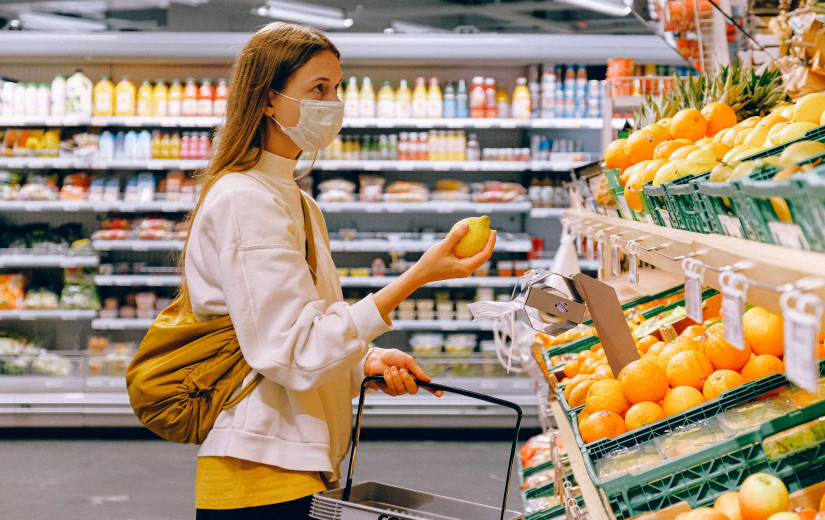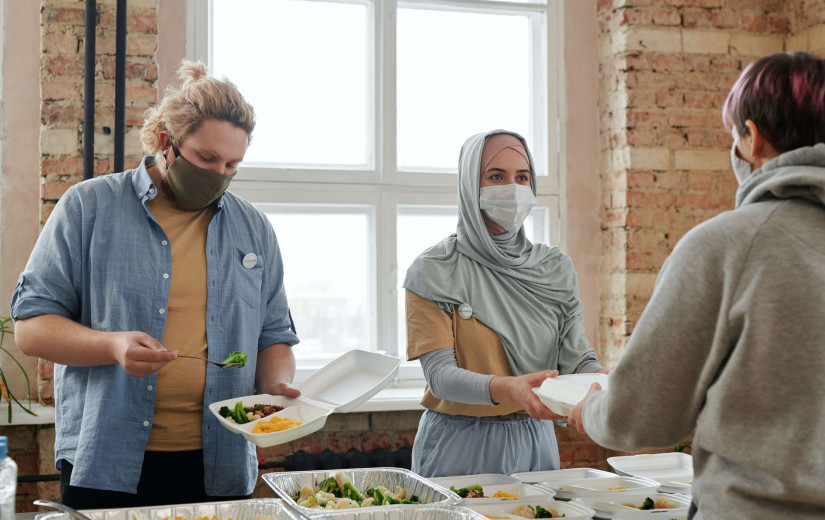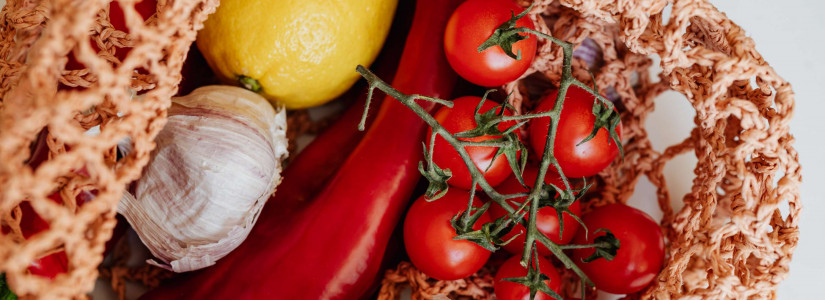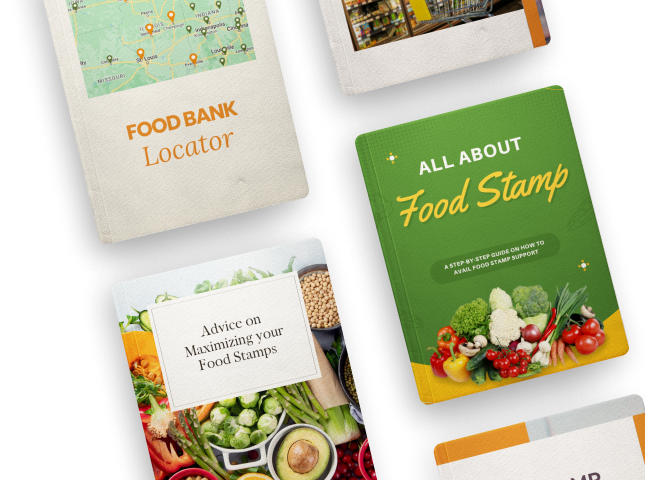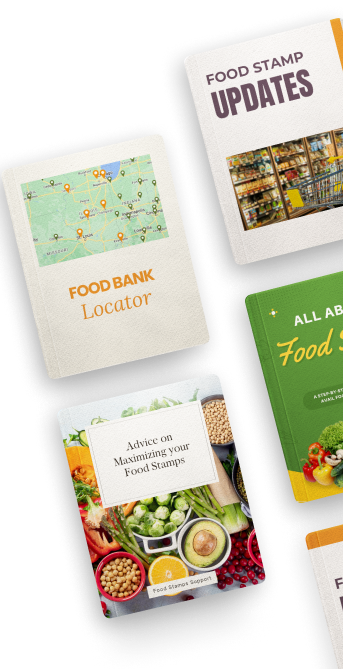How Scientists and Physicians Are Working to Beat COVID-19 Virus
While the COVID-19 global pandemic is still raging in many parts of the world, the good news is that the death rate is beginning to decline. This is due in large part to the medical community finding better ways to treat the virus. As scientists continue to move at warp speed to find an effective vaccine and physicians hone in on their treatment protocol, the world is becoming better equipped to handle the spread of the deadly virus.
Here is where the medical community stands now in regard to vaccine development and the advent of new treatments.
Antivirals
Antivirals are a class of medication that targets specific viruses. Unlike the majority of antibiotics, antivirals do not attack the host pathogen. Instead, they work by hindering their development. Medical professionals are finding varying degrees of success with treating COVID-19 patients using the following antivirals.
- Remdesevir - This antiviral was developed over a decade ago and has been demonstrated to be safe in nearly every patient. Produced by Gilead Sciences, the drug received emergency clearance for usage as a COVID-19 treatment by the FDA on May 1.
- EIDD-2801 - Created by a nonprofit biotech company owned by Emory University, this drug is now in clinical trials in the United Kingdom. Unlike Remdesevir, this antiviral can be administered orally, making it an easier and more convenient option.
- Favipiravir - This antiviral has been traditionally used to treat influenza. While it is not approved in the US yet to treat COVID-19, preliminary results from China are promising.
Other Treatments
In addition to the various antivirals that are now available for use, medical professionals are increasingly leaning on a myriad of other treatments to help COVID-19 patients to win the battle. Here are a few of the most popular treatments being used today.
- Convalescent Plasma - Many COVID-19 positive individuals are currently being treated with plasma that contains antibodies that work by attacking the virus. This convalescent plasma comes from people who tested positive and then recovered from the virus.
- Hydroxychloroquine - The results are mixed on this controversial drug. While it received emergency use approval from the FDA in March, it was just a few months later that the World Health Organization announced that it was halting the clinical trials of the drug. However, many physicians around the world are still using it to treat COVID-19 patients.
- Immune Modulators - Many of the most severe COVID-19 cases occur when the immune system goes into a dangerous overdrive referred to as the cytokine storm. This causes the respiratory system to fail. Currently, doctors are experimenting with using a combination of immune suppressants to treat this cytokine storm in the hopes of staving off the respiratory issues that often accompany a COVID-19 diagnosis.
Vaccines
The ultimate goal in battling this virus is to find an effective and safe vaccine. A vaccine is designed to train the body to attack the virus once it enters the body, preventing the illness from taking hold. Because viruses cannot infect those that are vaccinated against it, the virus will also not spread.
There are currently more than 100 vaccines that are in the development stage. A few of these potential vaccines are closing in on stage three of the clinical trials. This stage involves vaccinating a large number of people in order to test the safety and effectiveness.
A few of the leaders in this vaccine development include Moderna, Johnson & Johnson, Pfizer, Inovio, and the University of Oxford in England. Many of these developers have the support of the nonprofit Coalition for Epidemic Preparedness Innovations (CEPI).
Despite the medical community making the development of this vaccine the top global health priority, it still takes time to safely develop this type of product. The best estimates are that a vaccine may be ready for very limited distribution by the beginning of the year. Even with this best-case scenario, it would likely not be available for mass distribution until the spring of 2021 at the earliest.
Confirmed COVID-19 cases around the world are now at over nine million. Continuing the development of these potential vaccines and proven treatments will boost the chances that the virus will be brought under control.




